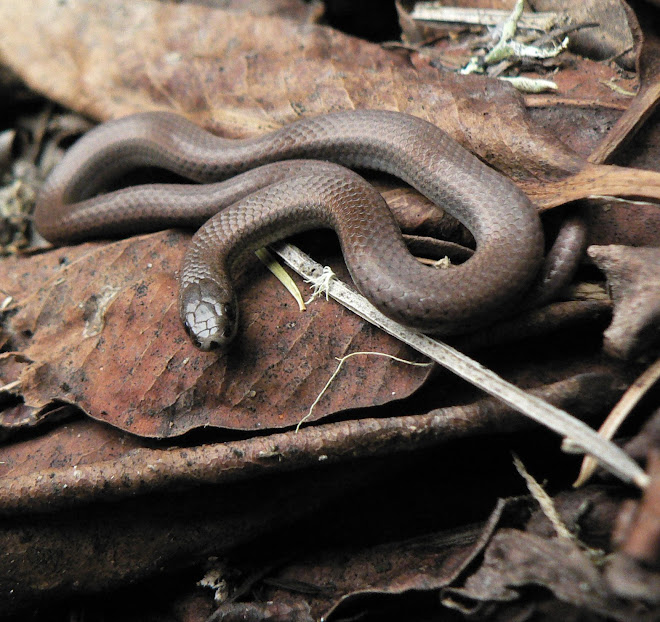ZOMBIE ANTS
There are people
who claim that mushrooms can save the world, and others who say they farm the
world, and you can truly start to believe that fungi are the superior species
when you hear about Zombie Ants. These poor hardworking ants, just trying to do
their best for the colony, are the unfortunate recipients of the spores of a
certain fungus. The fungus settles into the ant host body, slowly killing the
ant. But just before the final ant gasp, the fungus directs the ant to climb to
the top of the nearest rock, leaf or branch. There it sends out its fruiting
body, the mushroom, from the skull of the ant. Now it has an elevated platform
from which to release its spores and send them out into the world. Ghoulish as
that sounds, it might explain Toronto Mayor Rob Ford’s erratic behaviour.
It
was Metchosin’s great
good fortune to have the entertaining Britt Bunyard, a world-renowned
mycologist (mushroom expert) and editor of Fungi Magazine, give a fascinating
presentation on the Weird, Weird, Weird World of Mushrooms at the November Talk
and Walk. If you want a topic that appeals to a wide range of Metchosin
residents, mushrooms are it! This was the eighth annual mushroom presentation
and it rivals the infamous Sasquatch Talk (no Walk) for the number of
interested people who attended (around ninety in both cases). It’s a testament to the allure of fungi
to see that two-thirds of the attendees were under the age of thirty.
This
year we started our first MycoBlitz, a continuation of the spring BioBlitz that
has seen us record approximately 1,200 species within Metchosin’s borders. A MycoBlitz is an
inventory of all the fungi species that can be found during a twenty-four hour
period. About eighty keen mushroomers met with a number of experts to explore the
Van der Meer property, Camp Thunderbird and Pearson College. The sorting and
recording of the mushrooms was held at the Pearson College cafeteria (thanks
Pearson College!) and many students were able to join in the excitement of the
event. Although the final count is yet to be determined (mushrooms can be hard
to identify), the estimate is an additional 200 species that can be added to
the bioinventory. Certainly, a number of species were found that have not been
recorded previously in Metchosin, and there are some that are still being
examined that might be interesting new additions to the fungi of BC.
2013
is being hailed as the best year for fungi in the last fifteen; the diversity
of species and the abundance has had the mushroom world swooning with pleasure,
with many larders full to bursting with an excellent harvest of chanterelles
and hedgehogs.
Thanks
to the District of Metchosin, Pearson College, Metchosin Foundation, Camp
Thunderbird, Camosun College, Andy MacKinnon, Kem Luther, Adolf and Oluna Ceska
and Britt Bunyard for making the MycoBlitz a huge success. When completed a
list of the fungi species recorded from the MycoBlitz will be found at
metchosinbiodiversity.com








